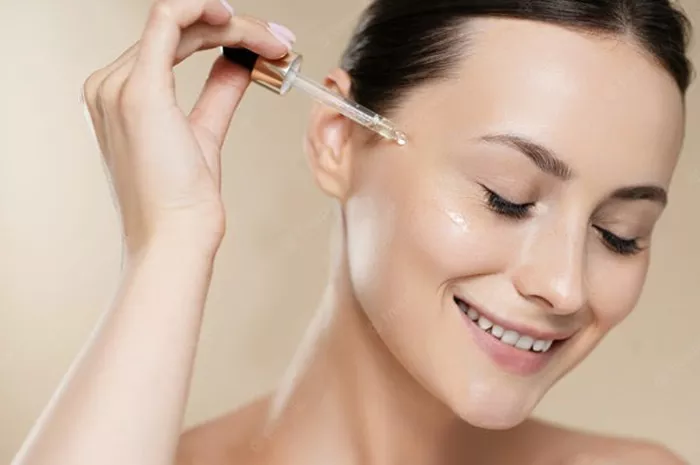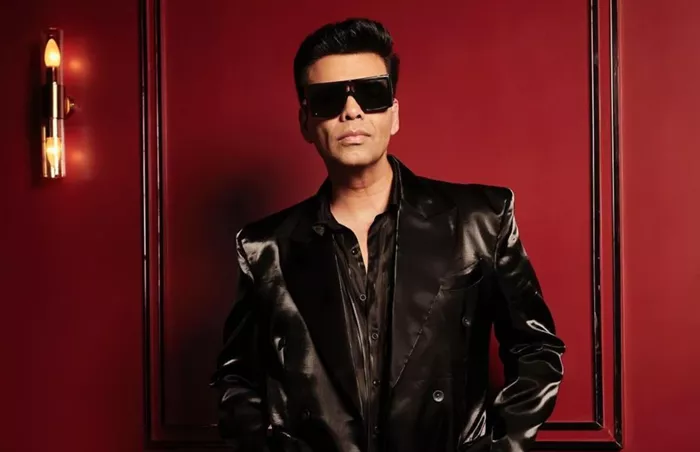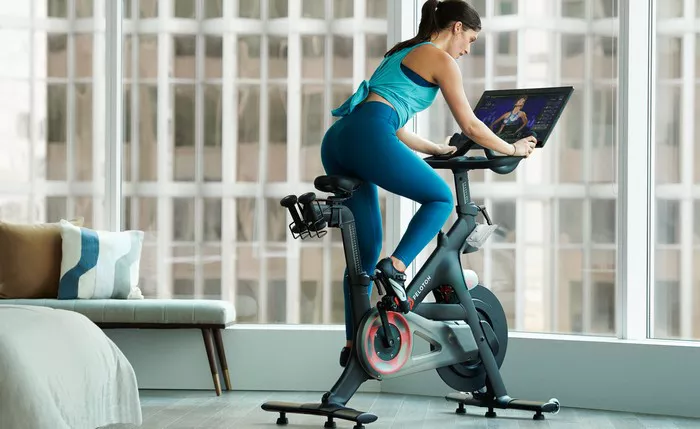In recent years, microdosing—taking small, sub-hallucinogenic doses of substances like magic mushrooms and LSD—has become a popular trend, especially among those seeking to improve their mental well-being. People who practice microdosing claim that it helps reduce anxiety, stress, and depression, and boosts creativity and focus. But does the science support these claims, or is it all just a placebo effect?
What Is Microdosing?
Microdosing involves taking a tiny amount of psychedelic substances, such as psilocybin (found in magic mushrooms) or LSD. The doses are deliberately kept low enough so that they don’t cause hallucinations or intense psychoactive effects, unlike a full dose of these substances. Instead, the goal is for users to experience subtle mental benefits without the disruptions typical of a hallucinogenic trip.
For example, a typical microdose of psilocybin is about 0.2 to 0.5 grams of dried mushrooms, compared to the 1 to 3 grams often used for a standard psychedelic experience. Users report that these small doses can help to improve mood, enhance creativity, increase focus, and make them feel more present in the moment. Some also say it helps alleviate symptoms of anxiety, depression, and stress.
Why Are People Microdosing?
Many who microdose say they do it as a way to boost their mental health and cognitive performance. For some, it is a response to traditional mental health treatments that have not worked well for them. Others are drawn to the idea of a natural, non-pharmaceutical solution to improve their well-being.
The key reasons people try microdosing include:
Reducing Anxiety and Stress: Some users report feeling less anxious or stressed after microdosing. They say it helps them approach daily challenges with a calmer mindset.
Improving Mood: Many people who microdose claim to experience an improved mood and a greater sense of happiness or well-being.
Increasing Creativity and Focus: Creative professionals or those in demanding cognitive fields often turn to microdosing to enhance focus, boost problem-solving skills, and spark creativity.
Alternative to Prescription Medication: With mental health struggles like depression and anxiety affecting millions, some people use microdosing as an alternative to traditional medication, either because they don’t want to take pharmaceutical drugs or because they haven’t found effective treatments in conventional medicine.
What Does the Science Say?
While anecdotal evidence for the benefits of microdosing is widespread, scientific research on the subject is still in its early stages. A number of studies have been conducted, but the results are mixed. Some studies suggest that microdosing may have a positive effect on mood, cognition, and well-being, while others find little to no effect.
One challenge with studying microdosing is that many of the current studies rely on self-reported data. People who microdose may be inclined to report positive effects because they believe the practice is helping them, a phenomenon known as the placebo effect. This makes it difficult to separate the psychological effects of belief from the actual chemical effects of the substances.
For instance, one study published in 2021 by researchers at the University of Toronto found that participants who microdosed psilocybin experienced improvements in mood and well-being. However, the study was observational and not controlled, meaning it couldn’t definitively establish cause and effect.
Other research has raised concerns about the lack of standardization in microdosing. The doses used can vary widely, and because the substances are not regulated, purity and strength are not guaranteed. As a result, users might not always know what they’re taking, which could affect the outcomes of microdosing.
Could the Placebo Effect Be at Play?
Many experts believe the placebo effect could play a significant role in the perceived benefits of microdosing. The placebo effect occurs when people feel better after taking a substance simply because they believe it will help, even if the substance itself has no therapeutic effect.
Given that microdosing is often done in a ritualistic or mindful way, it’s possible that the act of intentionally taking a small amount of a powerful substance may be enough to trigger the placebo effect. In other words, just the expectation of feeling better might lead people to report improvements in mood, anxiety, or creativity, even if the substance itself isn’t producing the effects.
Safety and Risks
While microdosing is generally considered safe when done correctly, it’s not without risks. The effects of psychedelics on mental health are complex and can vary greatly between individuals. For example, someone with a history of mental health conditions such as schizophrenia or bipolar disorder could potentially experience negative effects, even from small doses.
Moreover, because psychedelics like psilocybin and LSD are illegal in many places, acquiring them can be risky, both legally and in terms of the quality and purity of the substances. There is also the risk of unregulated or improperly dosed substances, which could lead to unwanted or harmful effects.
Conclusion
Microdosing is gaining popularity as an alternative approach to improving mental health, with many people claiming benefits like reduced anxiety and stress, enhanced creativity, and improved mood. However, scientific research is still inconclusive, with some studies showing positive results and others finding no significant effects. While it may help some people feel better, the placebo effect could be playing a significant role.
For now, microdosing remains a largely experimental practice, and more rigorous research is needed to understand its true potential and limitations. As with any mental health treatment, it’s important for individuals to proceed with caution, particularly when considering substances that are not regulated or widely studied.
Related Topics
































